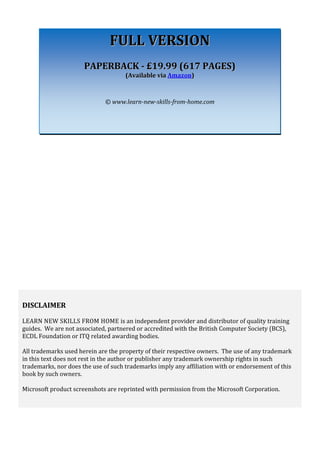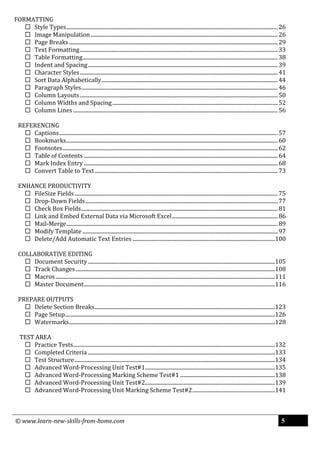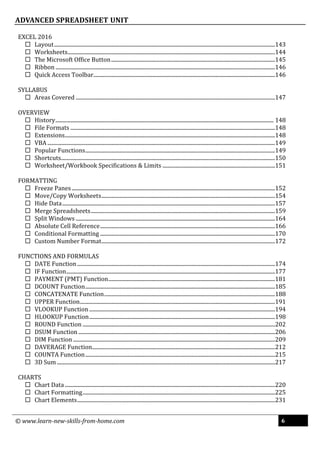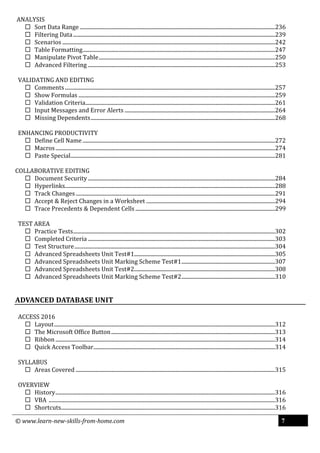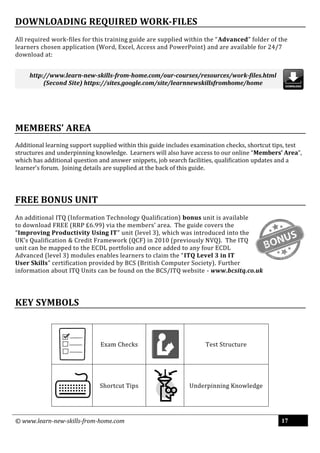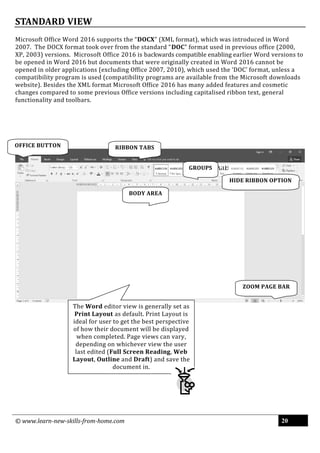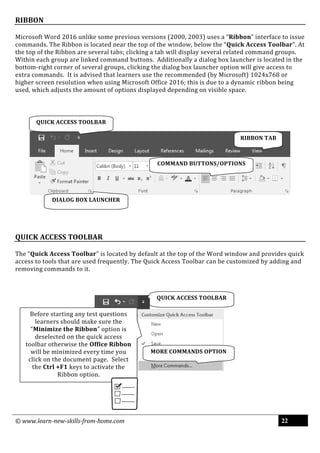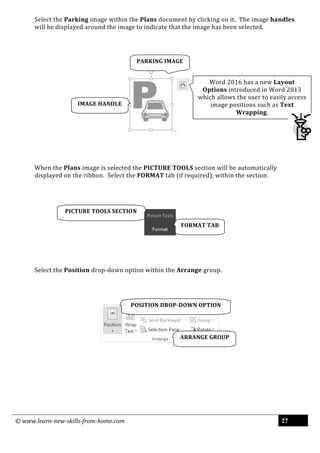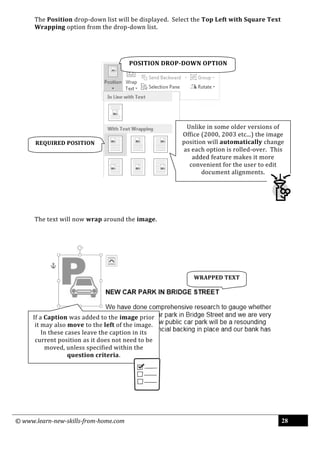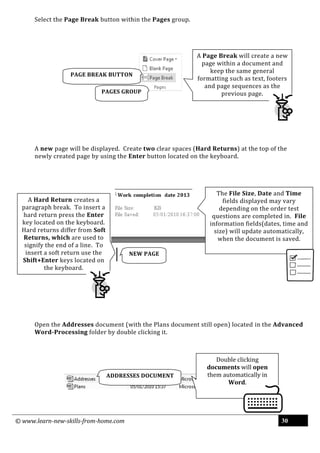This document provides an introduction to the Teach Yourself Advanced Office 2016 guide. It will teach advanced skills for Word, Excel, Access, and PowerPoint 2016 through a visual learning approach using step-by-step instructions and screenshots. The guide covers qualifications and certifications that can be obtained, as well as information on downloading sample tests and work files. It also outlines the software, system requirements, and provides key for understanding the guide's content.
